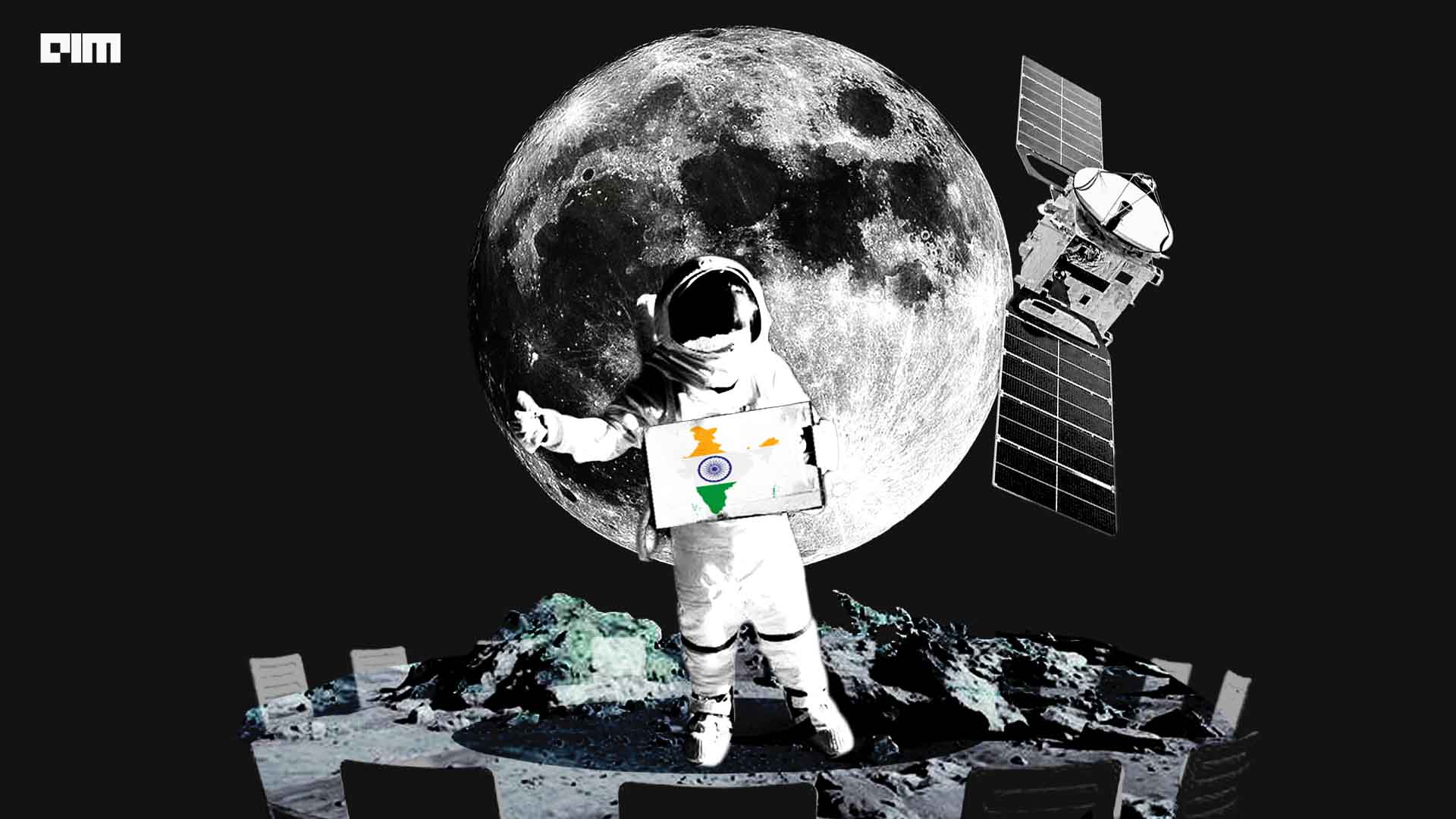
In a momentous achievement, India’s Chandrayaan-3 has triumphantly touched down on the lunar surface, marking a significant milestone after its predecessor’s setback in 2019.
ISRO chief, S Somanath announced proudly, “India is now on the Moon”.
The historic landing occurred precisely at 6:04 pm IST today, more than a month following the spacecraft’s launch. This success propels India into the league of nations that have softly landed on the moon — including the former Soviet Union, the US, and China. Moreover, this triumph bestows India with the distinction of being the only country to land on the Moon’s southern pole, a region teeming with unexplored potential to unveil insights about the Moon’s atmosphere and lay a foundation for future space exploration ventures.
Earlier this month, Russia had vied for this accomplishment by launching Luna-25, intended for a soft landing on the lunar south pole before Chandrayaan-3. However, the Russian mission ended in failure as Luna-25 crashed into the Moon after losing communication with Roscosmos, Russia’s space agency.
The Indian Space Research Organisation (ISRO) launched Chandrayaan-3 through its ‘Launch Vehicle Mark-III’ on July 14 from the Satish Dhawan Space Centre on Sriharikota Island in South India.
Chandrayaan-3, the third iteration of India’s Chandrayaan mission, seeks to showcase safe landing and mobility on the Moon’s surface, along with conducting on-site scientific investigations. Developed on a budget below $75 million, the spacecraft comprises a propulsion module, a lander, and a rover equipped with seven scientific instruments.
To address previous challenges, the lander of Chandrayaan-3 incorporates enhanced sensors, software, and propulsion systems. Rigorous simulations and additional tests were conducted by ISRO to ensure the lander’s durability and ensure a successful landing.
The lander’s experiments encompass seismic vibrations, near-surface plasma, lunar temperature, thermal conductivity, elemental composition, and spectral signatures of Earth. The knowledge gained from Chandrayaan-3 will contribute to understanding the lunar surface ahead of human exploration.
The rover of Chandrayaan-3 is identical to its predecessor, Chandrayaan-2. Both the lander and rover are designed for a lunar day’s mission life, equivalent to 14 Earth days.
Chandrayaan-3 follows India’s initial lunar mission launched in 2008, which discovered water molecules in the lunar atmosphere. Although Chandrayaan-2’s lander-rover crash-landed, its orbiter continues to study the Moon. The Chandrayaan-2 orbiter played a pivotal role in pinpointing the Chandrayaan-3 landing site and maintains communication with Earth for relaying signals to the lander.
Additional Efforts
In recent years, India has displayed a robust interest in space exploration, marked by the contributions of over a hundred space-tech startups. The nation has made strides in launch vehicles, satellites, and Earth imaging technologies. With the introduction of a space policy, New Delhi aims to foster public-private collaborations in space endeavours.
ISRO’s agenda extends beyond Chandrayaan-3, encompassing the Gaganyaan human spaceflight mission and the Aditya L1 solar observatory project. In a partnership with NASA, India has embraced the Artemis Accords and is on track to train its astronauts at NASA’s Johnson Space Center, aiming to send them to the International Space Station next year.
Furthermore, ISRO and NASA are collaborating on a low-Earth observatory (LEO) slated for 2024, designed to map the planet within 12 days. This endeavour will provide vital data for analyzing shifts in ecosystems, ice masses, vegetation biomass, sea levels, and natural disasters.
The post India Scripts History as Chandrayaan-3 Awakens Sleepy Lunar South Pole appeared first on Analytics India Magazine.